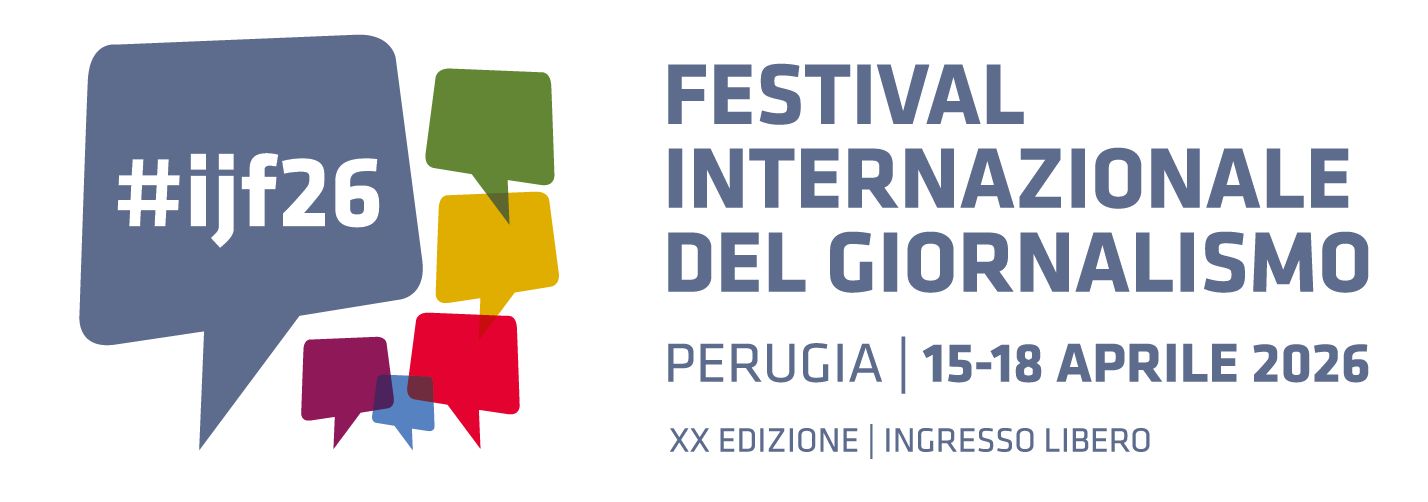Yes, hype around deepfakes and other synthetic media manipulation is extensive. But there is also an underlying reality that technology trends combined with trends in weaponization of media indicate the real dangers from the ability to seamlessly manipulate or fake real peoples' voices, faces and actions as well as the ability to claim any video or audio is fake. Journalists and media need to avoid panic, but also prepare.
In this session you’ll learn about the state-of-the-field in terms of deepfakes and synthetic media:
Technologies for deepfakes and synthetic media
Pressing threats identified globally including from the first non-US/European expert meetings
Recommendations on how to prepare better to detect and prevent deepfakes, as well as to prove what is authentic and unmanipulated.
Based on WITNESS’s field-leading efforts you’ll learn about the state-of-the-art in media literacy, journalism training, detection and authentication of media as well as the pros and cons of the approaches of companies and what more is needed for the media/journalism community globally. The discussion will not be US/Europe-centric but also draw on WITNESS’s expert meetings in Latin America, Africa and Southeast Asia on threats and solutions prioritization.
One key element will be an exploration of a recent report by WITNESS - Ticks or It Didn’t Happen: Confronting key dilemmas in authenticity infrastructure for multimedia - assessing the pros and cons, at a global level, of the burgeoning discussion on technologies at point of capture and of distribution to track media authenticity and manipulation (e.g. the Content Authenticity Initiative from Adobe/Twitter/New York Times as well as approaches such as verified capture camera apps).

